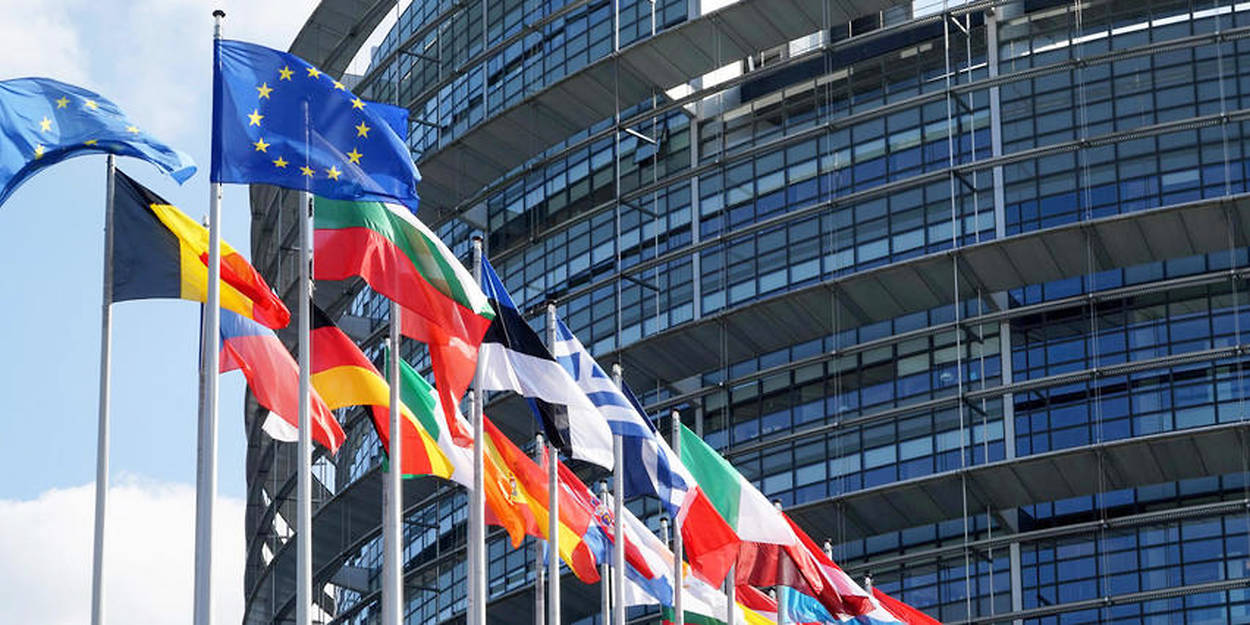While the EU’s priority with regard to climate action is the rapid reduction of GHG emissions, in order to achieve climate neutrality by 2050, it will also need to compensate for residual hard-to-abate emissions by scaling up carbon removals from the atmosphere. As a first step towards the further integration of carbon removal schemes into EU climate policy, on 30 November 2022, the European Commission proposed a regulation creating a voluntary EU-wide framework to certify high-quality carbon removals.
European Council and European Parliament negotiators reached a provisional political agreement today on a regulation to establish the first EU-level certification framework for carbon removals. The voluntary framework is intended to facilitate and speed up the deployment of high-quality carbon removal and soil emission reduction activities in the EU.
Once entered into force, the regulation will be the first step towards introducing a comprehensive carbon removal and soil emission reduction framework in EU legislation and contribute to the EU’s ambitious goal of reaching climate neutrality by 2050, as set out in the European climate law.
The deal reached today is provisional, pending formal adoption by both institutions.
The agreement extends the scope of the regulation to soil emission reductions and maintains an open definition of carbon removals, in line with that used by the UN Intergovernmental Panel on Climate Change (IPCC). It also differentiates between the following carbon removal and emission reduction activities and four corresponding types of units:
permanent carbon removal (storing atmospheric or biogenic carbon for several centuries)
temporary carbon storage in long-lasting products (such as wood-based construction) of a duration of at least 35 years and that can be monitored on-site during the entire monitoring period
temporary carbon storage from carbon farming (e.g. restoring forests and soil, wetland management, seagrass meadows)
soil emission reduction (from carbon farming) which includes carbon and nitrous oxide reductions from soil management and, as long as such activities result, overall, in an improvement in the soil carbon balance, wetland management, no tilling and cover crop practises combined with reduced use of fertilizer, etc.
The last two activities must last at least five years to be certified and must not lead to land being acquired for speculative purposes negatively affecting rural communities.
By 2026, the Commission is tasked with producing a report on the feasibility of certifying activities that result in the reduction of emissions other than those related to soils (carbon and nitrous oxide). The report will be based on a pilot certification methodology for activities that reduce agricultural emissions from enteric fermentation and manure management.
Activities that do not result in carbon removals or soil emission reductions, such as avoided deforestation or renewable energy projects, are not included in the scope of the regulation. The co-legislators also agreed to exclude enhanced hydrocarbon recovery from the permanent carbon removal activities and to explicitly clarify that activities and operators in the marine environments are included in the scope of the regulation.
The new rules will apply to activities taking place in the EU. However, when reviewing the regulation, the Commission should consider the possibility of allowing geological carbon storage in neighbouring third countries, provided that those countries align with EU environmental and safety standards.
Certification criteria and procedure
The provisional agreement maintains the Commission proposal’s requirement that carbon removal activities need to meet four overarching criteria in order to be certified: quantification, additionality, long-term storage and sustainability.
Based on these criteria, the Commission, assisted by an expert group, will develop tailored certification methodologies for different types of carbon removal activities, with a view to ensuring the correct, harmonised and cost-effective implementation of the carbon removal criteria. The colegislators have made some changes to define more precisely on the basis of which criteria the methodologies must be developed and included a list of indications as to which activities should be prioritised.
The co-legislators agreed to maintain the key elements of the two-step certification process and the voluntary nature of certification, but included further clarification as to how the certification process works.
On sustainability for carbon farming, the co-legislators have added indications on how the sustainability objectives must be understood and have included that a carbon farming activity must always generate at least a biodiversity co-benefit (including soil health and avoidance of land degradation).
For carbon farming activities, the provisional agreement gives member states the possibility to provide advice to farmers on the application procedure and allow synergies between the CAP’s identification system for agricultural parcels (LPIS) and the information generated by the certification process under this framework.
The provisional agreement will now be submitted for endorsement to the member states’ representatives in the Council (Coreper) and to the Parliament’s environment committee. If approved, the text will then need to be formally adopted by both institutions, following revision by lawyer-linguists, before it can be published in the EU’s Official Journal and enter into force.



